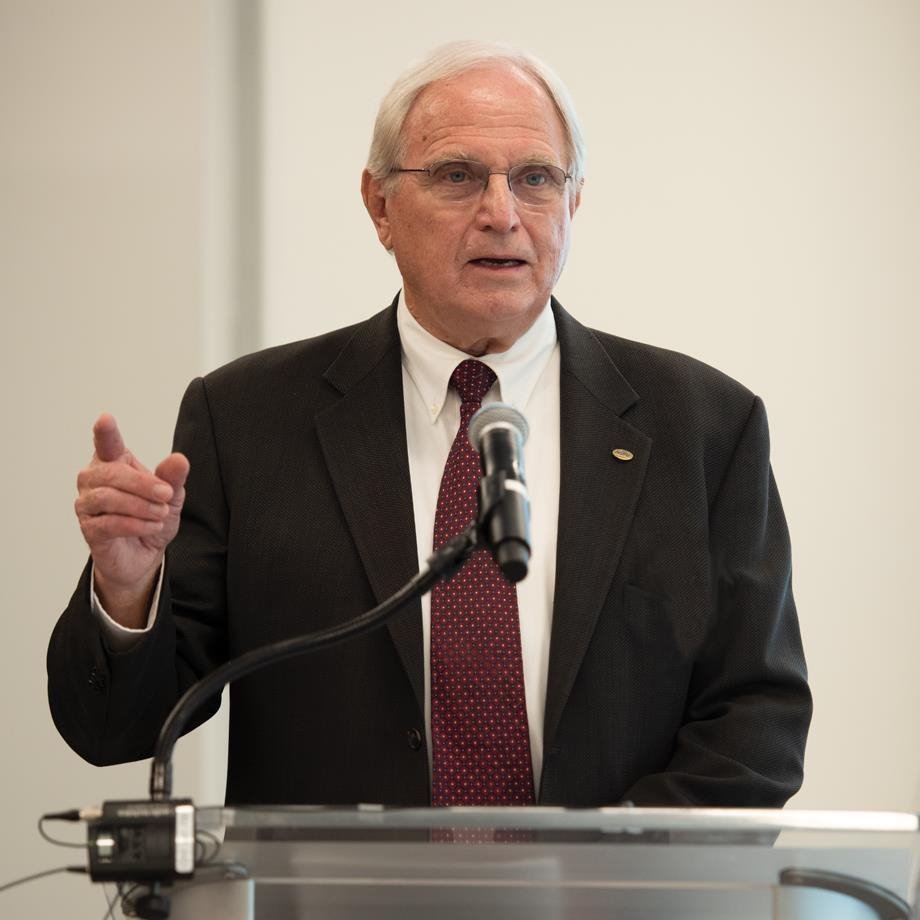8 Questions with ASME President Bryan A. Erler
8 Questions with ASME President Bryan A. Erler


Bryan A. Erler, P.E., ASME’s 139th president talks about his lifelong motivation as an engineer and what he hopes to accomplish serving the 2020-2021 term.
Bryan A. Erler, P.E., is the 139th president of the American Society of Mechanical Engineers, serving the 2020-2021 term. Erler, an ASME Fellow, has taken on several Society roles, including the Board of Governors; various codes and standards committees; and chair of ASME’s Boiler and Pressure Vessel Section III Division 2. He also chaired the Board of Nuclear Codes and Standards and served as ASME secretary/treasurer. An executive and expert in the nuclear power industry, Erler retired from Sargent & Lundy in 2003, where he was owner and senior vice president for 18 years.
Q1: What has been your lifelong motivation as an engineer?
Bryan Erler: My grandfather, Papa, was a builder and my father was an engineer. I enjoyed working with Papa and discussing engineering projects and challenges with my dad. I was good at math and science in school. There was never a doubt in my mind that engineering was the career for me.
Q2: Tell us about your personal background?
B.E: I grew up in a suburb of Chicago. I played basketball in high school and had sports scholarship offers, but not to the big schools with good basketball and engineering programs. I decided on Purdue, but I didn’t make the basketball team. I married my wife, of 52 years, while still in school. Susan and I have two terrific daughters with wonderful husbands and three grandchildren.
Q3: You are a recognized leader in the power industry and in standards. What gave you the push to enter these areas?
B.E: I received my B.S. and M.S. with excellent courses in engineering mechanics. In the late 1960s, nuclear power was expanding. There were great opportunities for sophisticated work involving dynamic analysis, post-tensioned concrete, and plates and shell analysis. It looked like an exciting opportunity—and it was. I was asked whether I would get involved in some standards committees. One thing led to the other and I became fully immersed in ASME’s S&C programs.
Related News: Bryan Erler Becomes ASME’s 139th President
Q4: You had a long career at Sargent & Lundy, what was your favorite project there?
B.E: The LaSalle County Nuclear Power Plant project. I was a young engineer doing many of the calculations for the design of numerous components. My name and P.E. stamp are on many documents. I was promoted rapidly, so for the many other plants that I was involved with I was a supervisor or manager. But as your role changes, you don’t do as much of the actual work yourself. You manage it.
Q5: What has been your proudest moment as an engineer?
B.E: There are many great moments, but some of the awards I have been honored with at the end of my career have left me speechless. They include a Purdue Engineering Distinguished Alumni; the ASME Bernard Langer Award; and a JSME Recognition Award for assistance following Fukushima. Now I hit the pinnacle by being selected president of ASME.
Q6: What do you hope to accomplish as the ASME president?
B.E: I have not come to the presidency with only one objective. The presidents before me have done the heavy lifting to bring our organization into the 21st century. I will benefit by those changes to drive our mission forward. I am most passionate about bringing the best and brightest students into engineering. That means substantially growing our scholarship endowment.
Q7: What advice do you have for students and early career engineers?
B.E: Charge after your passion. Make a difference for a better life for everyone. Challenge the tradition. When some say: “That’s how we always do it,” that’s a red flag.
Editor’s Pick: 6 Questions with Raytheon’s Laura McGill
Q8: Tell us something that you want people to know about you.
B.E: I am a blindly optimistic person. That leads to the courage necessary to carry things out.
John G. Falcioni is an editor based in Long Island, NY.


.png?width=854&height=480&ext=.png)


